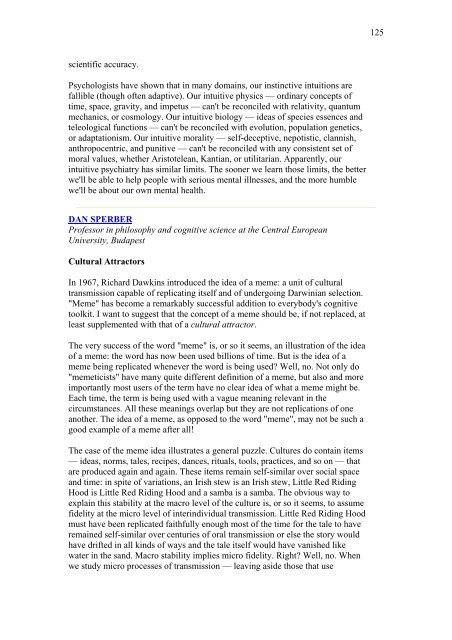

For example, Darwin cited in his 1859 book On the Origin of Species the shrimp-like larva of the barnacle, whose sessile adults looked nothing like other arthropods Linnaeus and Cuvier had classified them as molluscs. Charles Darwin argued that a shared embryonic structure implied a common ancestor. Animals were seen to develop into adults of widely differing body plan, often through similar stages, from the egg, but zoologists knew almost nothing about how embryonic development was controlled at the molecular level, and therefore equally little about how developmental processes had evolved. įurther information: Morphology (biology) and Body planįrom the early 19th century through most of the 20th century, embryology faced a mystery.

Zoologists then largely abandoned recapitulation, though Ernst Haeckel revived it in 1866. Von Baer instead recognized four distinct animal body plans: radiate, like starfish molluscan, like clams articulate, like lobsters and vertebrate, like fish. The embryologist Karl Ernst von Baer opposed this, arguing in 1828 that there was no linear sequence as in the great chain of being, based on a single body plan, but a process of epigenesis in which structures differentiate. For example, the brain of a human embryo looked first like that of a fish, then in turn like that of a reptile, bird, and mammal before becoming clearly human.
#Evo pdf toolkit series#
They argued that the embryos of 'higher' animals went through or recapitulated a series of stages, each of which resembled an animal lower down the great chain of being. Another possibility is the neo-Lamarckian theory that epigenetic changes are later consolidated at gene level, something that may have been important early in the history of multicellular life.Ī recapitulation theory of evolutionary development was proposed by Étienne Serres in 1824–26, echoing the 1808 ideas of Johann Friedrich Meckel. New morphological features and ultimately new species are produced by variations in the toolkit, either when genes are expressed in a new pattern, or when toolkit genes acquire additional functions. This multiple pleiotropic reuse explains why these genes are highly conserved, as any change would have many adverse consequences which natural selection would oppose. These genes are reused, unchanged, many times in different parts of the embryo and at different stages of development, forming a complex cascade of control, switching other regulatory genes as well as structural genes on and off in a precise pattern. Another is that species do not differ much in their structural genes, such as those coding for enzymes what does differ is the way that gene expression is regulated by the toolkit genes. These genes are ancient, being highly conserved among phyla they generate the patterns in time and space which shape the embryo, and ultimately form the body plan of the organism. One is deep homology, the finding that dissimilar organs such as the eyes of insects, vertebrates and cephalopod molluscs, long thought to have evolved separately, are controlled by similar genes such as pax-6, from the evo-devo gene toolkit.

The field is composed of multiple core evolutionary concepts. A key early discovery was of homeotic genes that regulate development in a wide range of eukaryotes. Then, recombinant DNA technology at last brought embryology together with molecular genetics. Charles Darwin noted that having similar embryos implied common ancestry, but little progress was made until the 1970s. The field grew from 19th-century beginnings, where embryology faced a mystery: zoologists did not know how embryonic development was controlled at the molecular level. These genes have been highly conserved through hundreds of millions of years of evolution.Įvolutionary developmental biology (informally, evo-devo) is a field of biological research that compares the developmental processes of different organisms to infer how developmental processes evolved. Homologous hox genes in such different animals as insects and vertebrates control embryonic development and hence the form of adult bodies.


 0 kommentar(er)
0 kommentar(er)
